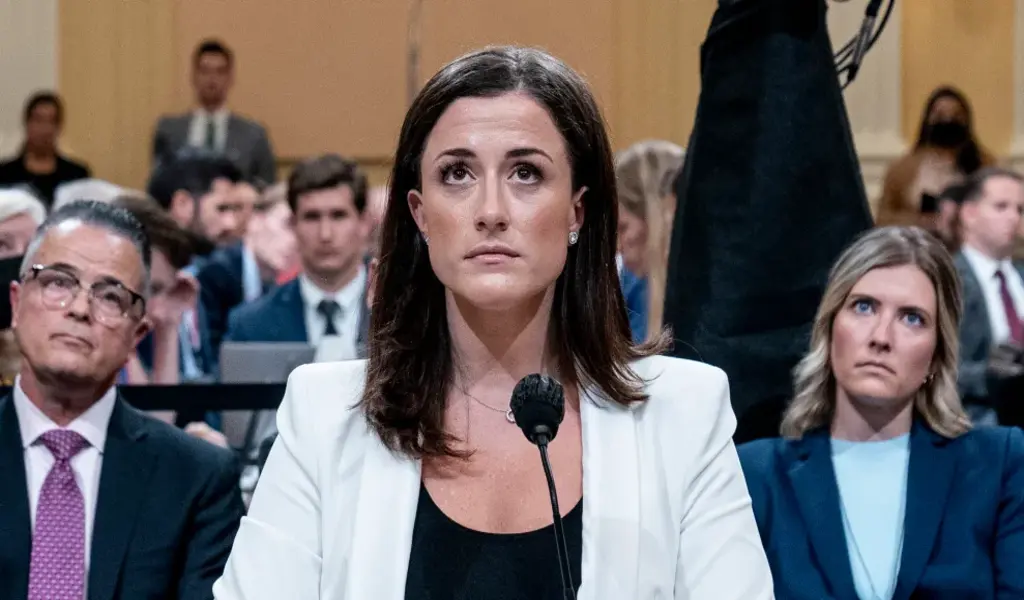Legal
The Wheels of Justice: Investigating, Charging, and Trying Criminal Offenses

The wheels of justice, as they say, grind slowly but exceedingly fine. This phrase encapsulates the justice system’s meticulous and thorough process when dealing with criminal offences. Every step, from the initial investigation to the final trial, is crucial in ensuring justice is served.
The Initial Investigation: The First Step Towards Justice
The journey towards justice begins with an investigation. This is the first step in the process, where law enforcement agencies gather evidence to determine whether a crime has been committed. This phase involves various activities such as interviewing witnesses, collecting physical evidence, and reviewing surveillance footage.
The goal is to gather enough evidence to identify a suspect and establish whether or not there is sufficient evidence for an arrest. During this phase, a suspect might first encounter a criminal lawyer, who would provide legal advice and representation.
Charging the Offence: The Intersection of Law and Evidence
Once the investigation is complete, the case is handed over to the prosecutor’s office. Here, the prosecutor prepares the matter and handles it throughout the court process. If the evidence is sufficient, they may request that the police obtain further or better evidence.
It is the prosecutor’s role to then advocate on behalf of the community in court. At this juncture, the role of a criminal lawyer becomes even more critical as they prepare to defend their client’s rights and interests.
The Pre-Trial Process: A Dance of Strategy and Negotiation
As the gears of justice continue to turn, the pre-trial phase emerges as a complex and strategic dance between the prosecution and defence. During this phase, both sides, although almost exclusively only the defence, will apply to the court for pre-trial rulings.
This is where there may be argument about whether or not the charges, or aspects of the evidence should proceed further, or the argument may be about whether or not the prosecution have provided everything required.
At this stage there may be negotiations between the prosecution and defence. A ‘submission’ is where the defence writes to the prosecution seeking a discontinuation of the charges or offers a plea of guilty to some charges if the prosecution agreed to discontinue others..
This intricate negotiation process involves a delicate balance between the interests of the accused, the prosecution’s objectives, and the broader principles of justice.
The Trial: A Battle for Truth and Justice
The trial stands as the centerpiece of the justice process, embodying the principles of transparency, accountability, and due process. During this phase, the wheels of justice truly gain momentum, propelling the case toward its climactic resolution.
The courtroom becomes a battleground for truth and justice, where the prosecution and defense present their cases before an impartial jury.
This trial is no mere formality. It’s an intricate process that involves exhaustive preparation, rigorous cross-examination, and the art of persuasion. Witnesses are called to testify, evidence is presented, and legal arguments are meticulously constructed.
The adversarial nature of the trial ensures that the truth is rigorously tested and justice is pursued relentlessly.
The Verdict: The Culmination of the Justice Process
The verdict stands as the apex of the journey, the culmination of the wheels of justice grinding toward their final destination. The jury decides after carefully considering the evidence and arguments presented at trial. This moment is charged with anticipation as the fate of the accused hangs in the balance.
Should the accused be found guilty, the process continues as the judge determines an appropriate sentence. This decision considers the crime’s severity, the offender’s criminal history, and various other relevant factors. The sentence ultimately serves as a reflection of society’s commitment to justice and the need for accountability.
The Appeal: A Second Chance at Justice
Even after a verdict is delivered, the wheels of justice continue to turn. The accused can appeal the decision, giving them a second chance at justice. An appeal is a request for a higher court to review the case and determine whether any errors in the trial could have affected the outcome. This can or cannot be in your favor, but at least it’s worth trying.
The process of investigating, charging, and trying criminal offenses is a complex and meticulous one. It’s a journey that begins with an investigation and ends with a trial, but even then, the wheels of justice continue to turn, offering opportunities for appeal and review.
It’s a system designed to ensure that justice is served, no matter how long it takes. So, if you are ready to seek justice and are uncertain how to find the right path, reach out to a trusted criminal lawyer, like Brisbane based firm Cridland & Hua, who’ll guide you through the process.
SEE ALSO: Minnesota Joins the Ranks: Recreational Marijuana Legalized For Adults 21 And Older






























